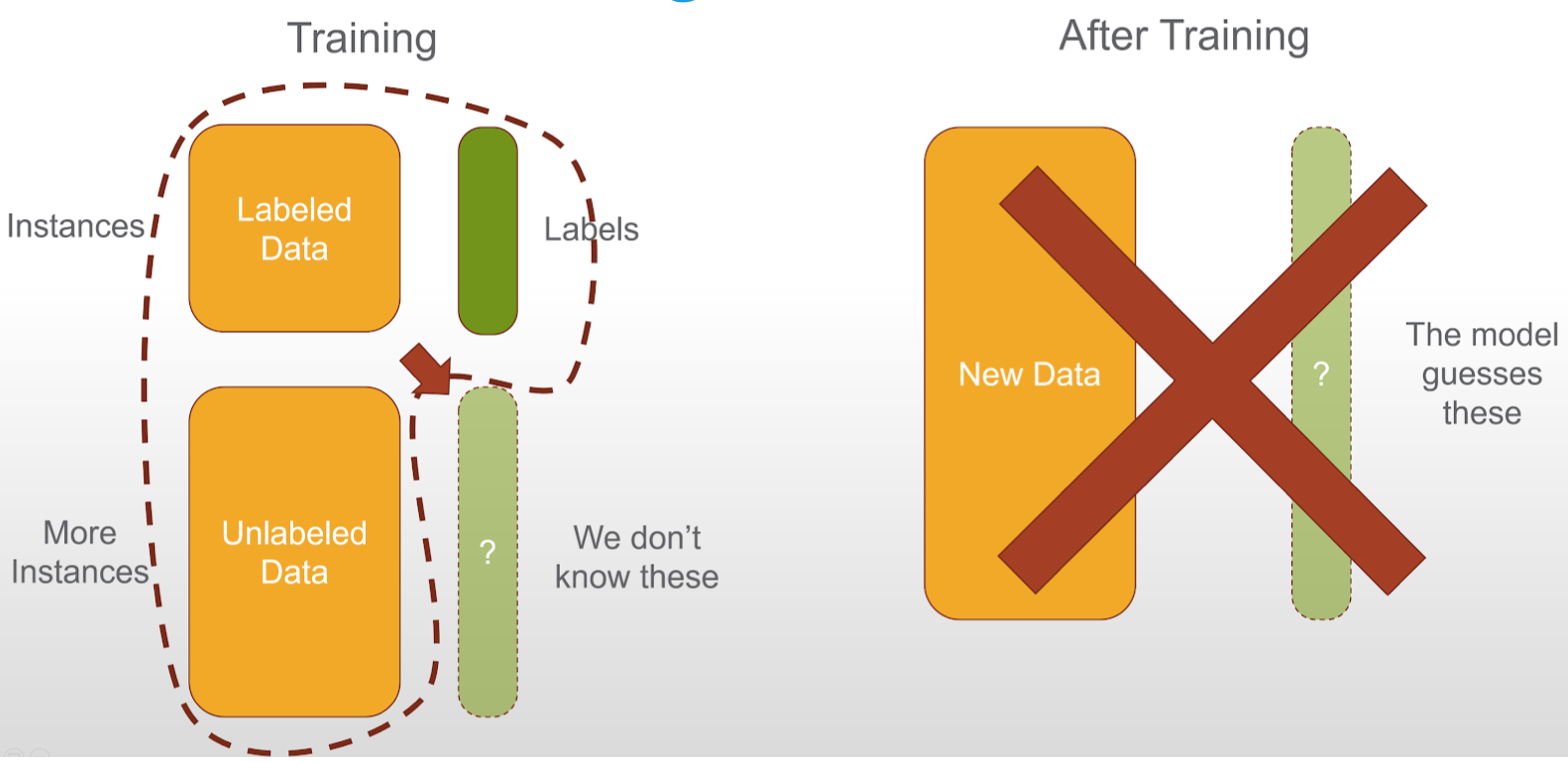A R port of pnnl's chissl
Paper about chissl
YouTube video about chissl
Dustin's chissl powerpoint
Provide interactive learning during model training of unlabelled data to improve training of the model. See the left red arrow in the below image.
- Python
conda install flask matplotlib networkx nltk numpy pandas pymongo scipy scikit-learn
conda install -c conda-forge umap-learn
- You will need
mongodbinstalled on your system.
brew install mongodb if you are on a Mac or your own way if so preferred
-
Node
-
R with the following packages
devtools::install_github("react-R/reactR")
install.packages(c("usethis", "htmlwidgets", "shiny", "shinythemes", "sortable", "cowplot", "textdata", "topicmodels", "tidytext", "dplyr", "tidyverse", "feather", "viridis", "stringr"))
-
Once all the above is done go to the
chissl/python-chisslfolder and run:pip install -e . -
Create a mongo db by the name of
chissland then import the downloadedchissl.agzby performing amongorestoreor by using studio3T. This command should workmongorestore --db chissl --gzip --archive=chissl.agz -
Start the react app by going to the
chissl/react-chissl/folder and runningnpm start. Which will start both the flask backend and the react app. -
Then run the
download_chissl_mongodbcommand located inhelpers/data-prep.R
To run the flask backend standalone: Run the backend chissl flask (python) server located in the chissl folder.
python server.py -p 8891 -d -m localhost or try python server.py -p 9101 -d -m localhost
Check if it is working by going to: http://127.0.0.1:8891/api/applications/
https://gist.github.com/mathDR/3a2a081e4f3089920fd8aecefecbe280
